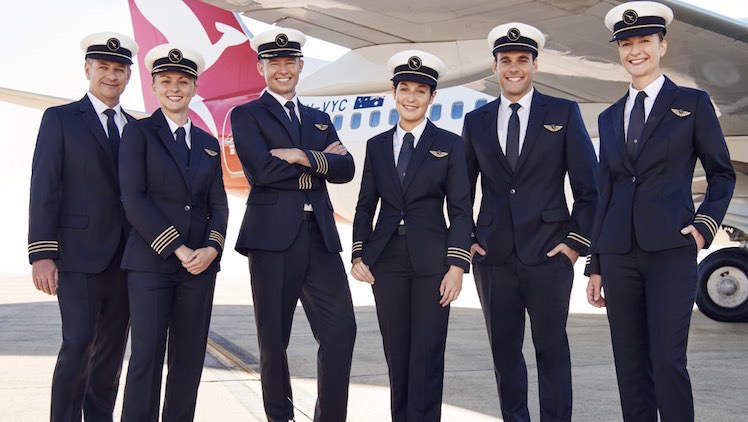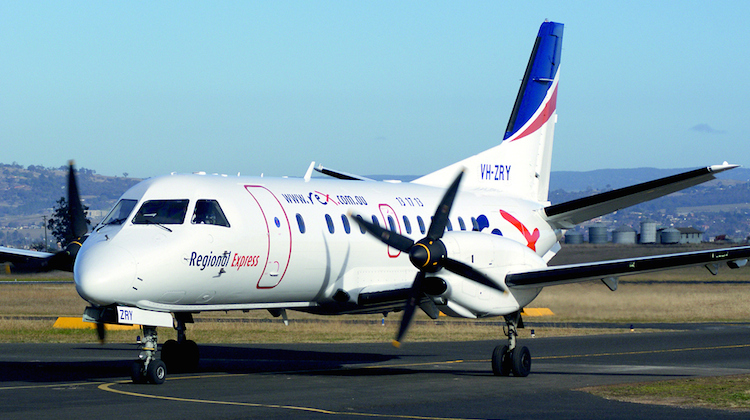Boeing says the commercial airline industry will require 635,000 new pilots over the next 20 years in response to a doubling of the fleet and record demand for air travel.
The figure was included in Boeing’s 2018-2037 Boeing Pilot and Technician Outlook published at EAA AirVenture Oshkosh on Monday (US time).
It is down slightly from the forecast of 637,000 new commercial airline pilots contained in the 2017-2036 outlook.
Boeing noted in its Business Environment Update report for 2018 there were currently 295,000 active commercial pilots around the world.
More broadly, the 2018-2037 Pilot and Technician Outlook also forecast the need for 96,000 business aviation pilots and 59,000 civil helicopter pilots over the next two decades. It is the first time the Boeing report has offered a view on these two sectors.
In total, Boeing is projecting demand for 790,000 pilots between now and 2037, which it says “represents double the current workforce and the most significant demand in the outlook’s nine-year history”.
“Despite strong global air traffic growth, the aviation industry continues to face a pilot labor supply challenge, raising concern about the existence of a global pilot shortage in the near-term,” Boeing Global Services vice president of training and professional services Keith Cooper said in a statement.
“An emphasis on developing the next generation of pilots is key to help mitigate this.
“With a network of training campuses and relationships with flight schools around the globe, Boeing partners with customers, governments and educational institutions to help ensure the market is ready to meet this significant pilot demand.”
The Boeing Commercial Market Outlook (CMO) for 2018-2037 revised upwards the forecast for new commercial aircraft deliveries over the next two decades by 4.1 per cent to 42,730 aircraft.
The commercial aviation fleet was expected to grow to 48,540 aircraft by 2037, from 24,400 aircraft currently in service.
Technician outlook for commercial sector reduced
Meanwhile, the latest Outlook has lowered its forecasts for commercial maintenance technicians by four per cent to 622,000, from 648,000 a year ago.
Boeing said in a statement the reduction was “primarily due to longer maintenance intervals for new aircraft”.
“As new generation airplanes become more prominent in the global fleet, advances in airplane technology will drive an increased need for technicians skilled in avionics, composites, and digital troubleshooting,” Boeing said.
“Mobile and distance learning solutions are becoming increasingly popular as a flexible alternative to traditional classroom instruction, and new technologies such as augmented reality are being tested as a way to improve engagement and knowledge retention.
“As airlines continually invest to improve the quality and efficiency of their operations, new training curriculums and methodologies will need to be adopted to keep pace with innovation.”
New business models to spur demand for commercial cabin crew
The report also estimated there would be 858,000 new commercial airline cabin crew members needed over the next 20 years, up 2.3 per cent from the forecast of 839,000 a year ago.
“As airlines continue to refine business models and personalize offerings to specific market segments, additional demand for cabin crew will result from denser seat configurations and multiple cabin configurations,” Boeing said.
Asia Pacific makes up biggest region for demand
Asia Pacific represented the largest source of demand with 31 per cent of all new pilots, 34.1 per cent of all technicians and 36.1 per cent of all cabin crew to be recruited in the region between now and 2037.
The strong demand in the Asia Pacific was, in part, being met by qualified pilots from outside the region, attracted by the relatively higher wages and conditions on offer.
Also, Asia Pacific airlines were sending pilots to overseas aviation schools in Australia, Europe, the United States and elsewhere to gain their qualifications while establishing locally-based flight schools as part of efforts to boost aviation training capacity to meet the expected demand.
Australian carriers working on pilot recruitment
The Boeing Business Environment Update said the expected doubling of the global fleet, coupled with the airline industry experiencing its 10th year of above average air travel growth, has resulted in an “unprecedented demand for new pilots”.
The pilot labor supply has continued to tighten amidst strong global air traffic growth, leading to staffing challenges for airlines around the world,” Boeing said.
“Impacts ranging from flight cancellations to route eliminations and even bankruptcy filings have been cited.”
Locally, Qantas was due to announce the location for its proposed pilot training academy by the end of September.
Nine regional locations have been shortlisted to host the facility, which Qantas has said previously it was investing $20 million to establish.
The school is scheduled to open its doors in 2019 and would initially train about 100 pilots a year for direct entry cadets joining the Qantas Group, including Jetstar and QantasLink.
Looking further ahead, the company has previously indicated this could grow to 500 pilots a year on a fee for service basis depending on demand from other parts of the industry.
Qantas Group pilot academy executive manager Wes Nobelius said in June a second academy was also being considered.
“We think there could be enough demand from the broader industry for us to train up to 500 pilots a year, and to do that we’re likely to need two separate academies because of the practical realities of trying to do that much training in a single location,” Nobelius said.
“Training on this scale represents a commercial opportunity for Qantas but it’s also about contributing to a talent pipeline that we rely on for more senior pilots down the track.
“These graduates might fly for other airlines, join the defence force or be part of services like the Royal Flying Doctors.”

Meanwhile, Virgin Australia’s 2019 pilot cadetship program, conducted by Flight Training Adelaide in South Australia, would feature two ab initio courses starting in January and July 2019, the airline said in May.
Further, the airline was targeting an equal intake of males and females for its 54-week pilot cadetship program, as part of efforts to broaden the pool of available aviators for the next generation.
Estimates put the number of female pilots around the world at about three per cent.
Recently, Regional Express (Rex) publicly expressed its concerns over the impact of the global pilot shortage on its operations.
The airline said Australia was not spared from what it described as a global pilot shortage, with regional aviation the hardest hit as larger carriers actively recruited from this sector.
“Because of the critical pilot shortage, Rex is not able to have its usual contingent of stand-by pilots rostered for duty,” the airline said in what it described as an “open letter to all communities in the Rex network” on July 13.
“Consequently, any last-minute sick leave may result in flights being cancelled or combined with other routes.”
“Rex apologises for all past and potential future disruption to services throughout the network as a result of the industry-wide global pilot shortage.”

Boeing Global Services is a recently-formed arm of the aerospace giant that brings together its previously separate aerospace and defence services in supply chain management, engineering, modifications and maintenance, digital analytics and training. It is the company’s third business unit alongside Commercial Airplanes and Defence, Space and Security.










